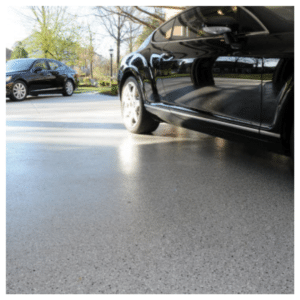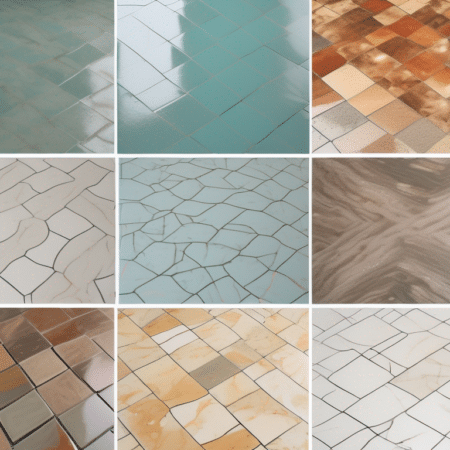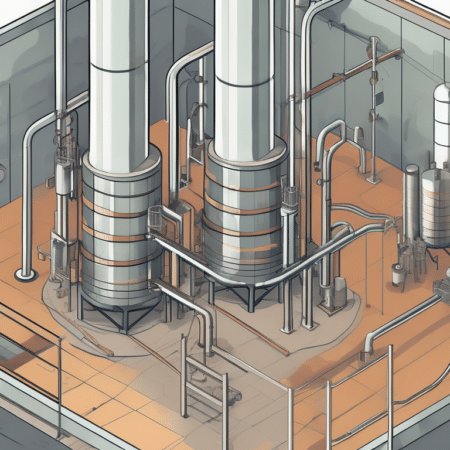In many households, garage floors are subjected to heavy stress and friction because of the nature of work done in these areas.
Most people use the garage to store heavy equipment apart from parking their cars, thus easily damaging the floors. Floors can, however, be protected by coating them with epoxy, a chemical substance that provides a smooth, high-performance and long-lasting surface that can endure heavy load. For effective epoxy performance, the coat must be applied according to the required standards. The following steps are handy for the best results

The following steps are handy for the best results
- Repair the floor by filling all small holes and cracks with appropriate concrete paste.
- Clean the floor using your favorite floor detergents and allow it to dry. This can be done using the following equipment, pressure washer, and wet-dry vacuum. The soap used must be able to remove all grease.
- Check the moisture content of the floor. Epoxy should not be applied to floors with too much moisture. This can be done in two ways, namely: Calcium chloride moisture test and plastic-sheet moisture test. The first test is more reliable but costly compared to the second test, and highly recommended. The other advantage of using Calcium Chloride test is that the manufacturers of these test materials provide a detailed procedure of testing and recommendation for the results observed.
- The fourth step is to choose the best epoxy coating for the garage floor. There are three main types of epoxy in the market. The best type is a pure solid epoxy without any solvent. It is, however, more expensive and difficult to use compared to the other two types, but their results are excellent and long-lasting. The second type is a two-part solvent epoxy. They are cheaper and easier to work with, but the resulting floor will not last for long. The third type is the one-part solvent epoxy. This type is much more like paint and should not be used in garages floors where vehicles are parked.
- The fifth step is to grind the floor using a diamond grinder and concrete sandpaper. This is because epoxy works well on a rough surface. There are, however, other alternative methods of applying the right texture to the floor. These methods include the use of acid wash or etch. The purpose of acid is dangerous should only be used by experts and not recommended for DIY projects.
- The sixth step is to apply the epoxy coat to the prepared floor. For effective application of epoxy, use a combination of paintbrush and a roller with a half inch nap roller cover. For the best result, it is essential to apply the coat on the floor two times at an interval of 12 hours. After the second coat, allow the floor to dry for at least one day before stepping on the floor and a week for driving your car back to the garage.












